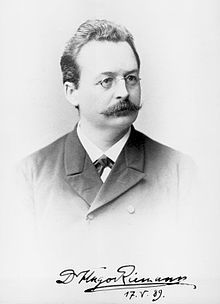[Fr. fugue; Ger. Fuge; Lat., It., Sp., fuga]. (1) The most fully developed procedure of imitative counterpoint, in which the theme is stated successively in all voices of the polyphonic texture, tonally established, continuously expanded, opposed, and reestablished; also the genre designation for a work employing this procedure. (2) In the Renaissance, *imitation. (3) In the Middle Ages, *canon.
Author Archives: mshreya
gamut
(1) A contraction of gamma ut [see Hexachord, Solmization]. (2) The entire range of diatonic pitches from G to e” (with the addition of b♭ and b♭’) forming the basis of discussions of pitch in the Middle Ages and Renaissance [see also Guidonian hand]. The pitches of the gamut constitute musica recta, the remainder of *musica ficta. (3) Range, compass.
figured bass
[Fr. basse chiffrée; Ger. bezifferter Bass; It. basso figurato, cifrato; Sp. bajo cifrado]. A bass part to which Arabic numbers (“figures”) have been added to indicate the accompanying harmonies. The strict realization in four parts of figured basses is a regular feature of instruction in *harmony [see also harmonic analysis].
chûte [Fr.]
In the 17th and 18th centuries, (1) a *cadent; (2) an *appoggiatura, falling or rising; (3) a figured *arpeggio with one or two inserted dissonances.
accordatura [It.]
functional harmony
A theory of tonal harmony developed by Hugo Riemann according to which all harmonies can by analyzed as having one of three functions: tonic, dominant, and subdominant (designated T, D, and S, respectively, in analyses of this type). Scale degrees II, III, and VI are often interpreted as the relative minors of IV, V, and I respectively, and thus as having the functions S, D, and T. III can also function as the “upper relative” of V and thus have the function D, as does VII. The letters T, D, and S are added to in various ways to indicate chromatic alteration and the addition of dissonant tones. The term functional harmony is sometimes loosely applied to tonal harmony in general as it is understood in prevailing methods of *harmonic analysis, which regard each of the seven diatonic scale degrees as having a separate function.
familiar style
[It. stile familiare]. A style employing four-part vocal, syllabic, *homorhythmic texture such as characterizes simple hymn settings or *falsobordone. The term was used in the 16th century and was given renewed currency by Giuseppe Baini (1775-1844), the biographer and editor of Palestrina.
countertenor
countersubject
gapped scale
A scale used in one piece, derived from some tone system, but omitting some of that system’s tones. The term is also used (less appropriately) to describe scales that by chance use parts of the diatonic system, e.g., anhemitonic pentatonic scales.





